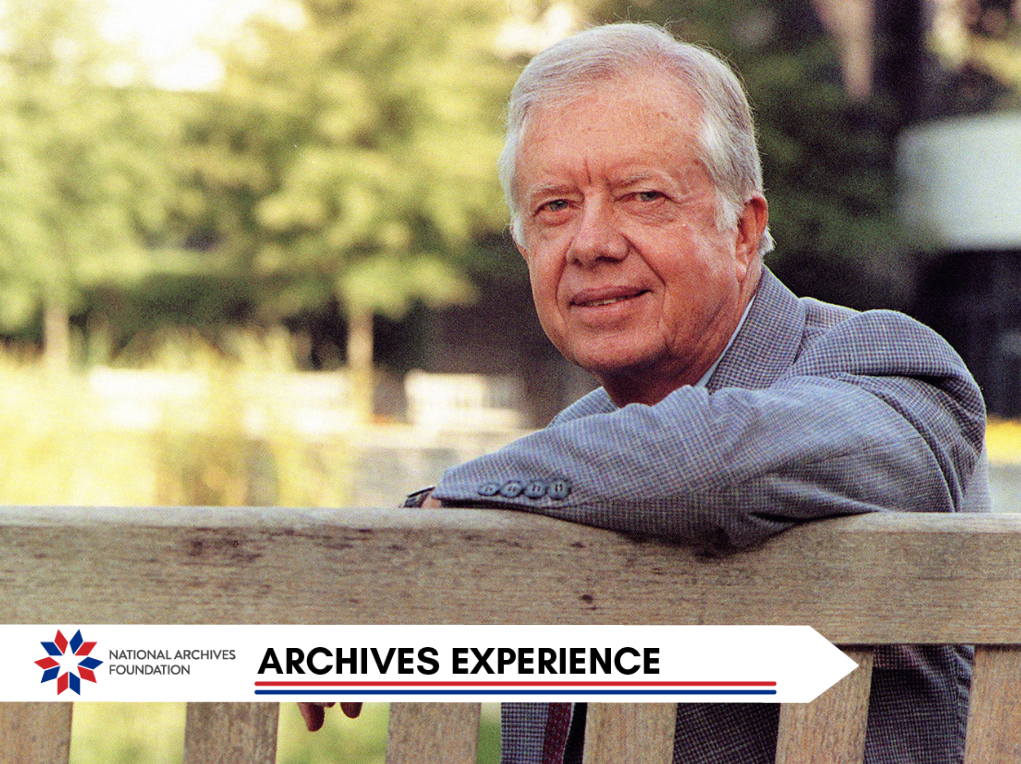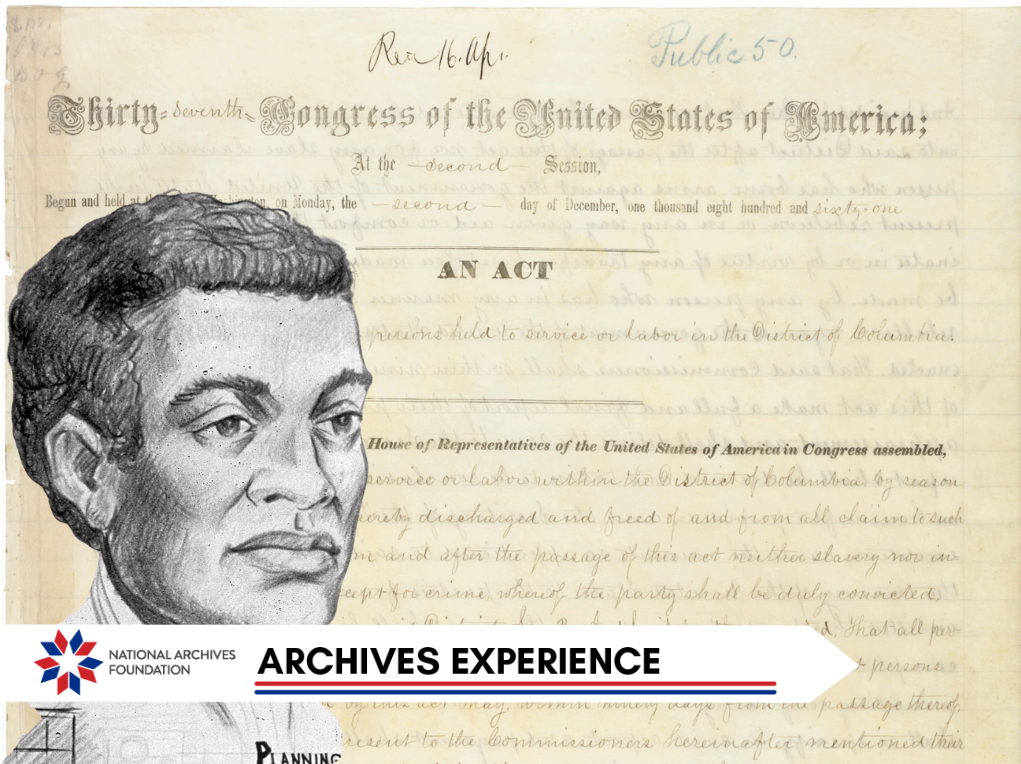No Typo: Celebrating RBH
October 8, 2024
Born October 4, 1822, President Rutherford B. Hayes would be celebrating his 202nd birthday this year. The Ohioan, who served in the Union Army, went on to become our 19th President at one of the most tumultuous periods in American history. Let’s dig into the Hayes records and his legacy.
Lil’ Rutherford
Born in Delaware, Ohio, Hayes was the son of a successful entrepreneur, but he faced hardship early in life when his father passed away just a month before he was born. Raised by his mother, Hayes developed a strong work ethic and a love for learning. He attended Kenyon College, where he excelled academically and graduated in 1842. He later studied law at Harvard Law School, earning his degree in 1845.

“Old Kenyon” at Kenyon College, built in 1826 and photographed 1975

Harvard University, photographed 1918
Keep It "Civil"
As a fledgling lawyer in Cincinnati, Hayes worked as a criminal defense lawyer. He acted as defense on multiple petitions against African American individuals who were being tried under the Fugitive Slave Act of 1850. Under this law, slave owners could issue a warrant or attempt to capture escaped slaves themselves, even in free regions of the U.S. like Ohio. The close proximity of Cincinnati to Kentucky, a state where slavery was legal, meant the area was rampant with enslaved individuals and families fleeing for freedom. This work sparked Hayes’ lifelong commitment to abolitionism and African American civil rights.

It was also during this period that Hayes met and married his wife, Lucy Webb Hayes.

Rutherford B. Hayes and his wife Lucy, n.d.
Just a year after the Civil War broke out, Hayes enlisted in the Union Army as a part of the 23rd Regiment of Ohio Volunteer Infantry. Hayes' leadership skills quickly became apparent, and he was rapidly promoted to major after just a few months.

Gen. Rutherford B. Hayes, c. 1860
He fought in several significant battles, including South Mountain and Antietam. His service earned him a reputation for bravery and competence, especially because he was wounded multiple times. Ultimately, Hayes received a commendation for his actions during the war and retired from military service as a brigadier general.

Antietam Battlefield, Burnside Bridge, c1860.

Some of the battleground area from the Battle of South Mountain in Maryland, photographed in 2008
Onward and Upward
After the war, Hayes returned to Ohio, where he established a law practice and officially entered politics. He served three terms in the U.S. House of Representatives and was elected governor of Ohio…twice. His gubernatorial tenure was marked by progressive reforms, including initiatives aimed at education and social welfare. He championed African American civil rights in the aftermath of the Emancipation Proclamation, advocating for education as a means of empowerment.
While Ohio politics suited Hayes quite well, his ascent to the presidency was anything but straightforward. The 1876 election, one of the most disputed in U.S. history, pitted him against Democrat Samuel J. Tilden, who initially appeared to have won the electoral college vote. However, allegations of fraud and corruption led to a political deadlock and recounts. A constitutional crisis ensued, leading to the creation of a one-time, 15-person electoral commission made up of Congressmen and Supreme Court justices.

Samuel J. Tilden House, where Tilden resided from 1860 until his death in 1886
Ultimately, the commission voted on which results to certify, naming Hayes the next President by a single vote.
The Presidency and Beyond
Simply put, Hayes struggled to bring his aspirational reforms, especially those having to do with the advancement of African American civil rights, to fruition. A divided Congress and rising tensions in the Reconstruction South led him to declare the end of Reconstruction, essentially granting “home rule” to Southern states by withdrawing federal troops entirely. Hayes was also President during one of the largest labor uprisings in the 19th century, the great rail strike of 1877.

Rutherford B. Hayes Coins, 1964
However, Hayes made notable strides in civil service reform, pushing for merit-based hiring practices in government positions. Rather than continue with the partisan spoils system that had been in play since President Jackson (which made federal hiring practices contingent on the ruling President's party), Hayes pushed for standardization and equal opportunity.
After leaving office after his single term as President ended in 1881, Hayes continued an active civil life. He returned to Ohio and devoted himself to education reform, serving as the president of the board of trustees at what is now the University of Cincinnati. Hayes also volunteered and served in leadership capacities with many Ohio-based organizations.

Engraving of Cincinnati from Harper's New Monthly Magazine, 1883
Rutherford B. Hayes’ legacy may often be overshadowed by the peculiarities of his election, but his life’s work extended far beyond the White House. His dedication to service, education, and civil rights bespeaks a man deeply committed to the ideals of democracy and equality.
Related Content

Remembering President Jimmy Carter

